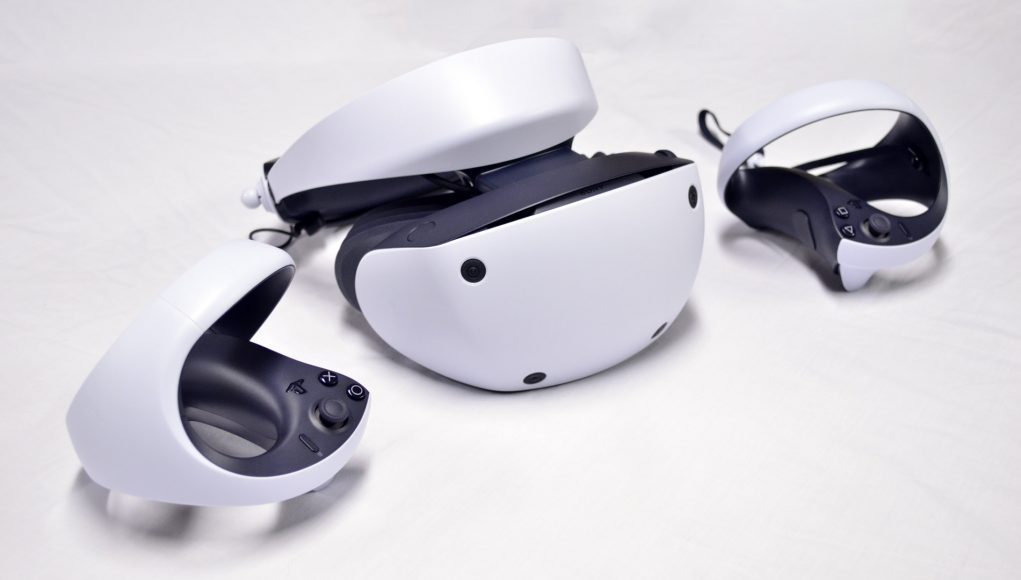It seems we’re closer to seeing a viable workaround that could allow PSVR 2 owners to play PC VR games. iVRy, the most promising project dedicated to the task, is making good headway by unlocking the headset’s outer cameras for room-scale tracking.
The effort to hack PSVR 2 was initially put on hold earlier this year, which was understandably a let-down for anyone hoping to play PC VR-exclusive titles such as Half-Life: Alyx (2020), or social apps like Bigscreen or VRChat.
The indefinite pause on development didn’t last for long though, as earnest efforts resumed shortly afterwards when the project opened a Patreon to help support development.
In a recent tweet, iVRy creator Mediator Software outlined some new milestones reached after 143 days of development, which were unlocked recently by gaining access to PSVR 2’s camera. As a result, the project now has access to the headset’s 6DOF SLAM tracking, 3DOF IMU tracking, proximity sensor, raw stereo camera data, and distortion-corrected passthrough stereo camera data.
Day #143: PSVR2 camera access is working, so now we have:
– 6DOF SLAM tracking
– 3DOF IMU tracking
– Proximity sensor (headset worn or not)
– Raw (distorted) stereo camera data
– Pass-through (distortion corrected) stereo camera data pic.twitter.com/idJ7Qc2HLV— iVRy (@iVRy_VR) July 20, 2023
Mediator Software says they’re now focused on “understanding the PSVR2 data and putting in code in the driver to interpret it.”
And by now it’s pretty clear Sony isn’t making it simple. The creator says in a recent tweet the project has cost “over $13K in equipment and software to date, as well as hundreds of hours of work.” That includes things like custom sniffer boards and emulator boards.
While the iVRy creator has successfully booted up 6DOF PC VR content on PSVR 2 in the lab, baking that functionality into a future software release that’s broadly accessible will be a big challenge.
“Any use of the software requires an [hardware] adapter that doesn’t exist yet, so an early access version of the software wouldn’t be usable by anyone at all,” the creator says. “There may be some kind of limited run (maybe 100) of the reference adapters that we’re making, which may be offered via Patreon.”
To boot, work on PSVR 2’s optically-tracked Sense controllers have only just begun, with the studio noting that reverse engineering the controllers is “not going to be easy at all.”
This is what the Sense controllers look like from the PSVR2's point of view. pic.twitter.com/xqqrpjOxZj
— iVRy (@iVRy_VR) July 22, 2023
“Working on controllers at this point, means that there is nothing further we can do with the headset part right now, not that there is nothing further we can or need to do with the headset part at all. There is still a lot that needs to be done there, including lots of unknowns,” the creator said.
So, while we’re closer than ever, we may still be waiting for some time on that ‘one-and-done’ software download that could potentially uncouple PSVR 2 from PS5 for good. In the meantime, the bulk of the projects updates are published through the project’s Patreon, which offers a $10 minimum monthly membership. You can also follow along via iVRy’s Twitter for the broader strokes.







